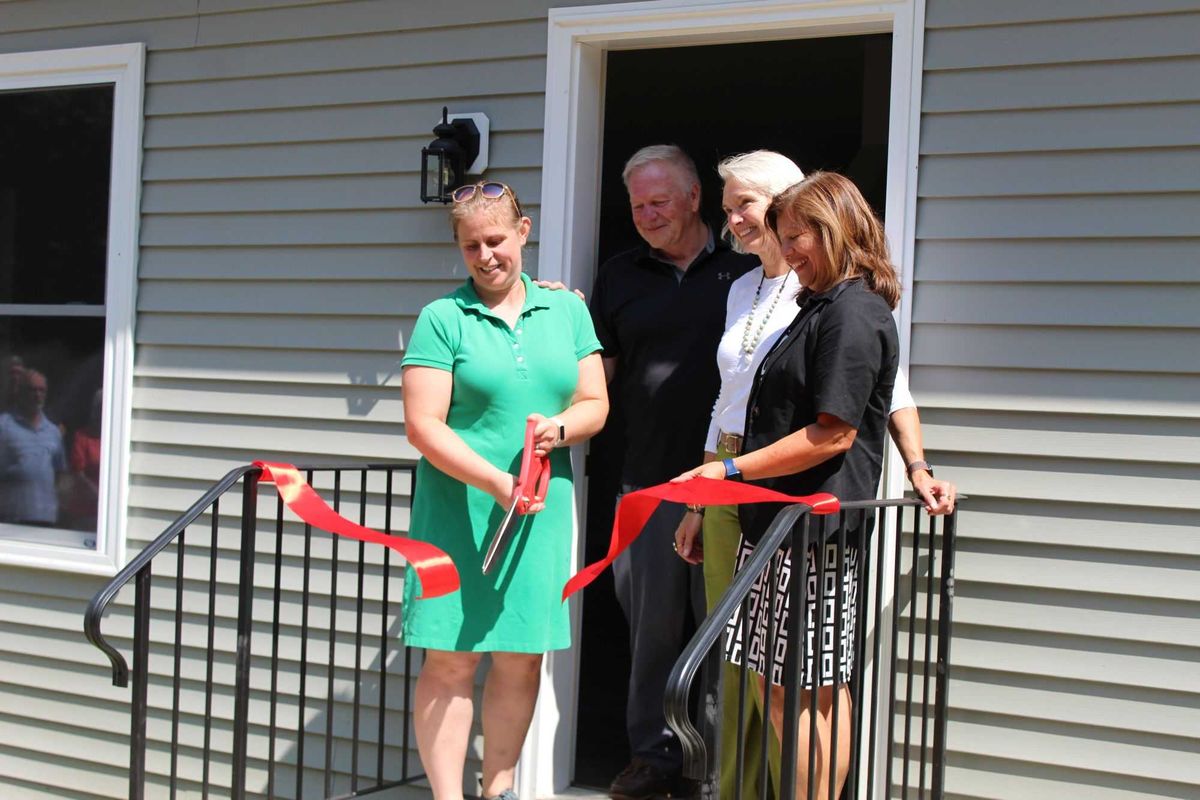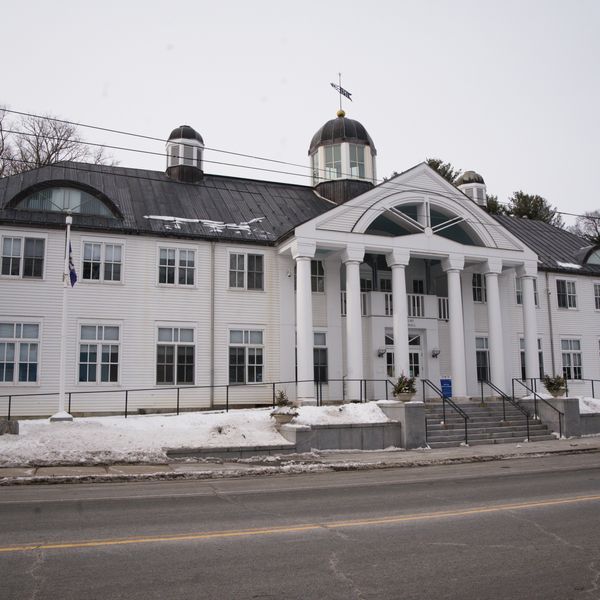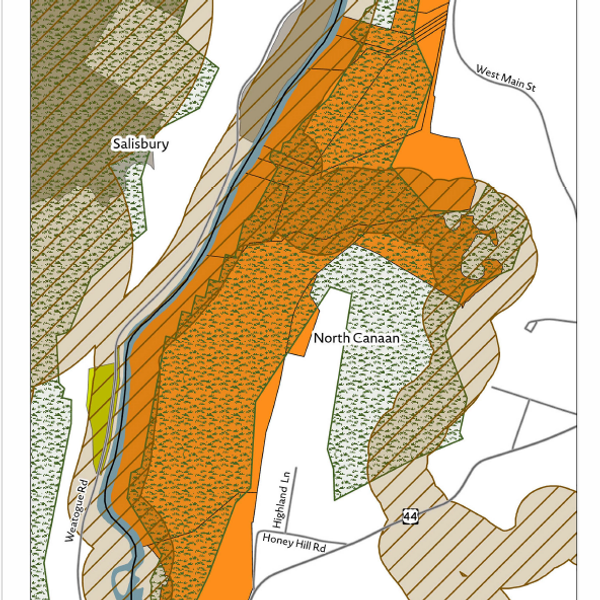As high school students in Region One head back to school at the close of a magical summer in Northwest Connecticut, there is much to celebrate from the past year. Housatonic Valley Regional High School will begin the new academic year with the completion of an ambitious capital improvement project that included major upgrades to their auditorium, lunchroom, and tennis facility.Students will also have access to a comprehensive on-site health clinic and they will be greeted by an exciting array of learning opportunities including a new ceramics program and journalism internship opportunities available through a partnership between Housie and The Lakeville Journal. And the school’s Academic Bowl team will start the year as defending champions in several of the state’s competitions.
But make no mistake about it: storm clouds are looming. After half a year of turbulence ushered in by President Trump’s campaign to remake American education, the effects are now hard to miss — even here in our small rural high school. In late spring, Region One Superintendent Melony Brady-Shanley informed the Region 1 Board of Education and local town school boards that the federal government was discontinuing a grant to EdAdvance. This $8.7 million grant was canceled because it allegedly violated civil rights laws, promoted Diversity, Equity, and Inclusion (DEI), and undermined student well-being.It enabled 32 schools, mostly in rural areas of Litchfield County, to serve 7,000 students and its cancellation will have palpable results
The loss of any adolescent mental health services in our high school is a gut punch to students. Their mental health needs have only grown in recent years due to the lingering effects of COVID, rising school violence, increasing economic uncertainty, and unrest in higher education. According to the National Institute of Mental Health, about one in five adolescents aged 13–18 experiences a mental health disorder. The Centers for Disease Control reports that nearly one in four adolescents has seriously considered suicide.These problems are particularly acute in rural areas like ours. With the near absence of private mental health providers in this corner of the state, the Trump administration’s rollback of student mental health services amounts to an attack on the health and safety of our entire community.
Unfortunately, replacing this lost federal funding will not be easy. Region One’s costs — many of which the district has little control over — continue to rise. So far, the region has largely succeeded in sparing student-facing programs, asking voters to approve only a 4.5% budget increase for the coming year. This is despite a significant rise in electrical costs, an almost double-digit increase in employee health insurance premiums, and a steep jump in the number of eligible dependents opting into the Region One health plan.
But the chaos coming from Washington extends far beyond budget cuts. A recent Supreme Court ruling allows parents to opt their children out of LGBTQ+ material if they believe it conflicts with their religious beliefs. Region One educators will now return to school facing the challenge of how to update and monitor policies in order to comply with this ruling.Such “opt outs” can entail considerable administrative burden to say nothing of their potential impact of various school populations. Most worrisome, these developments come at a time when educators are already wrestling with other critical issues—such as school safety, cellphone use, and artificial intelligence in schools. The confluence of all these challenges ensures that RegionOne school boards and administrators will have a full plate this year as they work to ensure that students continue to have the resources and programs they need to build on the successes of recent years.
The author is a retired historian and clinical social worker in the Northwest Corner.She represents Salisbury on the Region One Board of Education.






 Cornwall Consolidated School seventh graders take part in a project honoring Naomi Freeman, Cornwall’s first Black female landowner,Lakeville Journal
Cornwall Consolidated School seventh graders take part in a project honoring Naomi Freeman, Cornwall’s first Black female landowner,Lakeville Journal
 Titan, a four-month-old service dog in training, greeting the Sher brothers, Eli and Noah, at the Hunt Library Wednesday, April 16. By Patrick L. Sullivan
Titan, a four-month-old service dog in training, greeting the Sher brothers, Eli and Noah, at the Hunt Library Wednesday, April 16. By Patrick L. Sullivan A heavily modified 1951 Ford F1 pickup truck on display during the Car and Motorcycle Show in July. By Patrick L. Sullivan
A heavily modified 1951 Ford F1 pickup truck on display during the Car and Motorcycle Show in July. By Patrick L. Sullivan 
 The Rev. Heidi Truax retired after 16 years at the helm of Trinity Episcopal Church in Lime Rock.By Patrick L. Sullivan
The Rev. Heidi Truax retired after 16 years at the helm of Trinity Episcopal Church in Lime Rock.By Patrick L. Sullivan The summer reading program at the Scoville Memorial Library wrapped up Aug. 23 with an emphasis on bubbles. Lots of bubbles.By Patrick L. Sullivan
The summer reading program at the Scoville Memorial Library wrapped up Aug. 23 with an emphasis on bubbles. Lots of bubbles.By Patrick L. Sullivan






Back to school in Region One — progress and peril